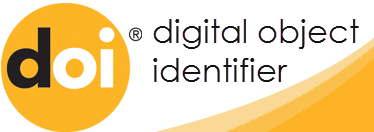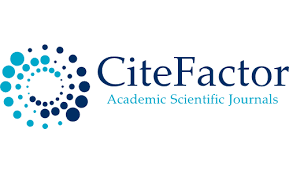THE ROLE OF LIBRARIES IN THE DIGITAL AGE
Keywords:
Libraries, digital resources, community learning digital literacy, lifelong learning, information access, education, technology integration, knowledge preservation.Abstract
This article explores how libraries continue to be relevant in the digital era by adapting to technnological advancements. It explores how libraries have transformed into digital resource centers, promoting digital literacy, fostering lifelong learning, and preserving historical knowledge. The paper also discusses how libraries provide inclusive access to information, bridge the digital divide, and serve as community hubs for education and teamwork. By adapting to modern needs while maintaining their customary functions, libraries remain importan institutions in today’s knowledge-driven society
References
1. ALA. (2021). The State of America’s Libraries Report. American Library Association.
2. Casey, M. E., & Savastinuk, L. C. (2007). Library 2.0: A Guide to Participatory Library Service. American Library Association.
3. Dobbs, A. W. (2019). Digital Libraries and Their Impact on Education. Journal of Library Science, 45(3), 112-130.
4. Lankes, R. D. (2011). The Atlas of New Librarianship. MIT Press.
5. Rubin, R. E. (2020). Foundations of Library and Information Science (4th ed.). Neal-Schuman Publishers.
6. Smith, A. G. (2018). The Role of Public Libraries in Digital Inclusion. Information Science Quarterly, 32(2), 87-102.
7. Tenopir, C. (2015). Research Libraries in the Digital Age. Journal of Information and Library Science, 51(4), 215-228.
8. Zickuhr, K., Rainie, L., & Purcell, K. (2013). Library Services in the Digital Age. Pew Research Center.





























